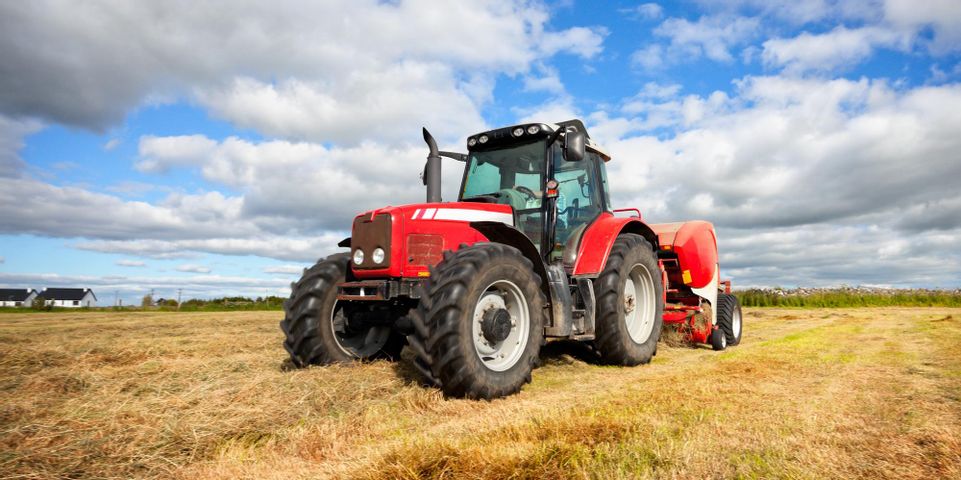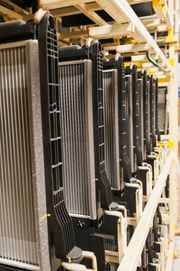
All types of heavy-duty equipment, like tractors and big rigs, depend on high-quality radiators to ensure proper release of coolant for regulating engine temperature and preventing overheating. Aluminum radiators are highly reliable and offer significant advantages over the others. Here are four benefits of aluminum radiators.
Why Choose an Aluminum Radiator?
 1. Lightweight Construction
1. Lightweight Construction
Compared to other materials, such as steel or cast iron, aluminum is considerably lighter in weight. Aluminum radiators allow you to maneuver heavy equipment that carries big loads comfortably.
2. Environmental Choice
If you’re concerned about reducing your carbon footprint as much as you possibly can while operating large vehicles and industrial radiators, it’s worth looking into aluminum radiators for that reason alone. The beauty of aluminum is that it’s fully recyclable. Others types of radiators often must be processed in some manner or separated according to the materials used in their construction before they can be repurposed, whether built of plastic, copper, cast iron, or steel. Aluminum, by comparison, can be used in its entirety for rebuilding another radiator or for fabricating valuable parts.
3. Durable Build
Radiators are subject to constant heat when your vehicle is in motion. Unlike less durable materials, aluminum is unlikely to suffer premature failure or crack as it ages.
4. Efficient Design
When shopping for a radiator, you’ll encounter several options. Among them are two- and three-row radiators. More rows in a radiator permit more coolant to flow through it and will help maintain a cooler, healthier engine during operation.
Are you seeking a high-quality aluminum radiator for your big rig or tractor? Turn to the team at American Radiator in Saint Louis, MO. The company proudly offers comprehensive radiator services, including repairs, welding, sandblasting, and fabrication for radiators, generators, and fuel tanks. Visit them online for to learn more, or call them at (314) 725-3357.
About the Business
Have a question? Ask the experts!
Send your question

